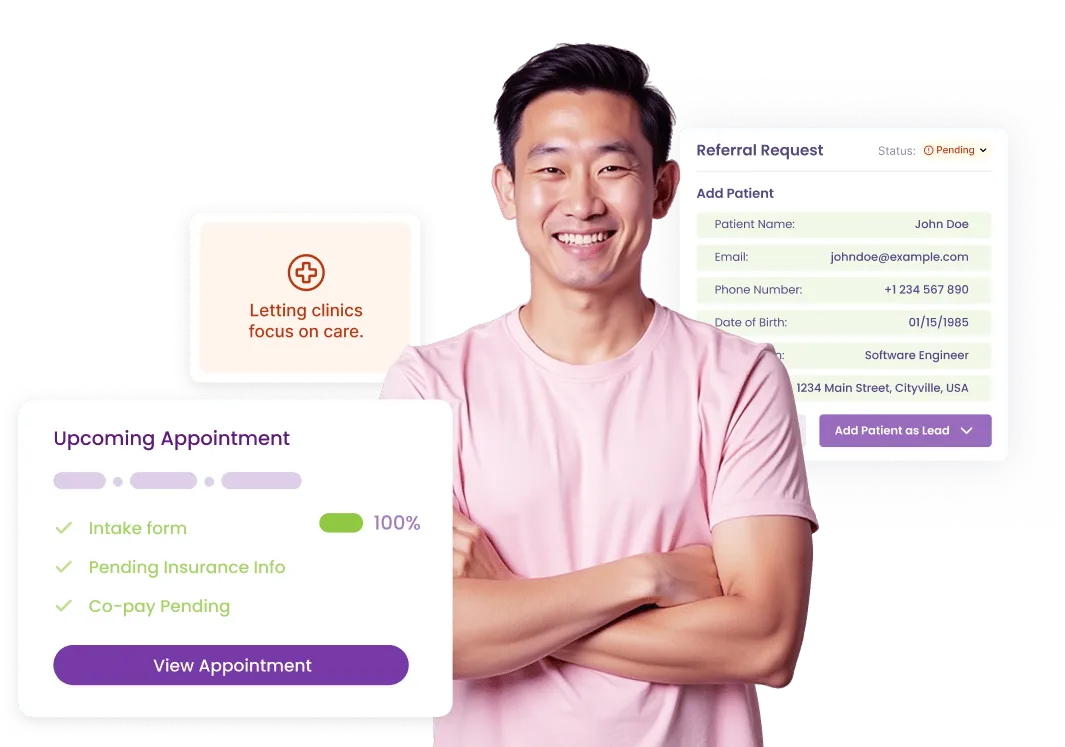90832 – Psychotherapy, 30 Minutes with Patient
CPT code 90832 represents a distinct mental or behavioral health service, including evaluation, therapy, or care coordination.
What is CPT
90832
?
90832 is a designated code within the CPT system specifically for individual psychotherapy services. This code typically applies to brief sessions, specifically those lasting approximately 16-37 minutes of direct contact with the patient. Understanding the clinical rationale behind using this code, along with the necessary documentation and payer considerations, is essential for compliance and reimbursement. Providers are encouraged to meticulously align their clinical notes with evidence-based interventions, clearly documenting treatment goals, the therapeutic methods employed, and measurable progress toward these goals. When utilizing a time-based code such as 90832, it is imperative to accurately record the start and stop times of sessions to substantiate the billed duration and ensure alignment with payer policies.

Documentation Tips
Accurate documentation is crucial when billing for time-based psychotherapy sessions. Clinicians should document the start and end times of each session to provide clarity on the billed duration. It is also important to include details about the therapeutic modality employed, the assessment instruments used, the clinical focus of the session, the patient’s response to interventions, and the plan for follow-up care. For sessions utilizing scored instruments, clinicians should retain copies of completed assessment tools for reference and verification. In the case of telehealth services, it is critical to document patient consent for remote treatment, as well as the platform used for the session. Maintaining a consistent structure, such as the SOAP (Subjective, Objective, Assessment, Plan) or DAP (Data, Assessment, Plan) formats, will enhance audit readiness and facilitate compliance with payer requirements.

At a Glance
- Service Type: Psychotherapy
- Use Case: Individual Therapy
- Typical Setting: Outpatient clinic or telehealth (subject to payer policy)
- Billing Unit: Per session / per instrument (varies by code)
- Common Pairings: 90791, 96127, psychotherapy codes
Billing Examples
For instance, a clinician may conduct a focused therapy session using Cognitive Behavioral Therapy (CBT) to address a patient's panic symptoms. Throughout the session, the clinician documents the specific interventions applied, such as cognitive restructuring techniques, and notes the patient's progress toward treatment goals, such as reduced frequency of panic attacks. To ensure compliance, the clinician should bill for the session according to the actual time spent in direct contact with the patient, using 90832 for sessions lasting between 16 and 37 minutes. If the session exceeds this time frame, the appropriate time-based psychotherapy code should be utilized to accurately reflect the duration of the service provided.
Compliance Guidelines
- Prior to billing, verify payer coverage and authorization requirements to ensure compliance with their specific policies.
- Document medical necessity for all services provided, ensuring that the psychotherapy sessions are clearly linked to ICD-10 diagnoses.
- Utilize correct modifiers as needed, such as modifier 95 for telehealth services, to comply with payer requirements.
- Avoid upcoding practices by selecting codes that accurately reflect the documented service duration and complexity.
- Conduct regular audits of billing practices and documentation quality to minimize claim denials and improve overall compliance.
Common ICD-10 Codes
Helpful links for mental health billing and documentation
- F32.0
- F41.1
- F33.1
- F43.10
- F41.9
- F34.1
Additional Resources
Helpful links for mental health billing and documentation
Related CPT Codes
Helpful links for mental health billing and documentation
Got questions? We’ve got answers.
Need more help? Reach out to us.
Q1: What is the primary purpose of this code?
A: The 90832 code is utilized when the clinical service provided corresponds with the defined parameters of the code; thorough documentation is essential to substantiate the service billed.
Q2: Is it permissible to bill this code for telehealth services?
A: Yes, a majority of payers will reimburse telehealth services when the session is conducted synchronously and proper documentation, including consent and modifiers, is maintained. Always check with the specific payer’s policy to confirm.
Q3: What type of documentation might payers request during audits?
A: Payers may request detailed records including session duration, therapeutic techniques or instruments utilized, patient responses, and a clear link to a covered ICD-10 diagnosis to validate the service.
Q4: Can this code be billed in conjunction with other services?
A: Yes, when billing multiple services, it is important to document distinct time allocations and rationales for each service. Utilize appropriate add-on codes or follow Evaluation and Management (E/M) separation rules as necessary.
Q5: What are some common reasons for claim denials associated with this code?
A: Claims may be denied due to missing documentation of session times, insufficient evidence of medical necessity, incorrect or absent modifiers, or billing for services that exceed frequency limits established by the payer.

